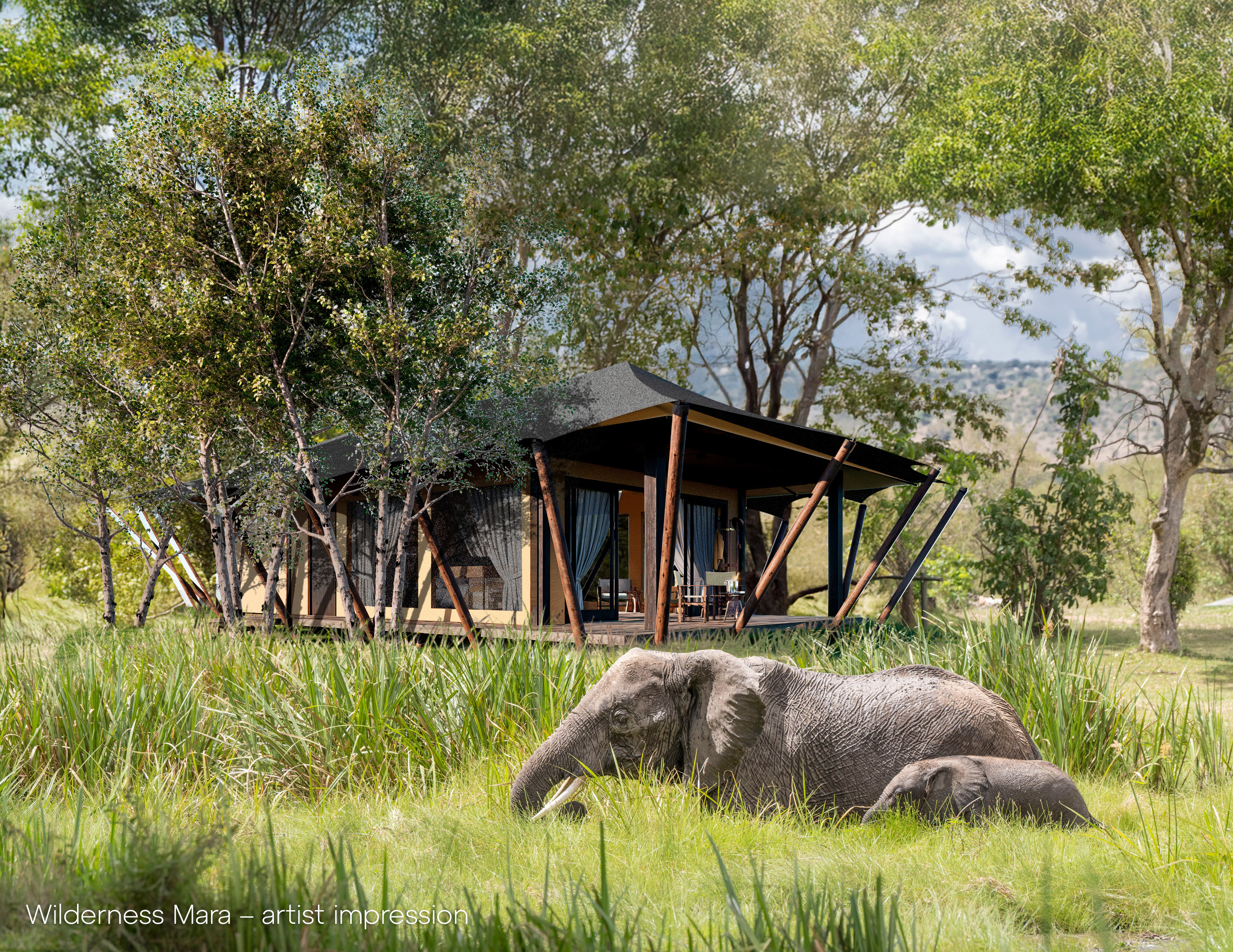
First-hand Stay
On-site inspection
Sources

Scheduled light aircraft from Nairobi Wilson to Kichwa Tembo Airstrip, then followed by ~30–60 minutes by open 4×4 to camp. Private charters available.
Families should request the family unit (two full en-suite bedrooms, larger deck, and easier child oversight without splitting tents). Expect mosquito-netted beds, indoor & outdoor showers, eco-cooling over the bed, a generous deck (likely with a plunge pool), in-suite Wi-Fi and a minibar/tea–coffee station.
Expect chef-led, seasonal menus with deck breakfasts, relaxed lunches and elegant plated dinners; private deck and bush setups standard. On one night, request a bush barbecue - Wilderness teams excel at intimate, lantern-lit dinners.
Neutral layers for cool dawns (Jun–Aug), a light rain shell for the wet spells (Mar–May & Oct–Dec), a buff for dust, polarized sunglasses, a beanbag for long lenses in open vehicles.
Work a 3–4 night stay: long morning drives and golden-hour loops, then—if conservancy rules allow—night drives for small cats and hyena behaviour. In peak months, ask for a “quiet crossings” strategy at secondary bends to avoid vehicle clusters; patient, engine-off waits often beat the main lookouts. Cheetah viewing benefits from long, slow paralleling rather than leap-frogging—cleaner panning shots, less dust. Pair 3 nights here with 3–4 nights in a different habitat (e.g., Olare/Naibosho high-grass zones or central Reserve) to change your cat-sighting profile and photography completely.
Wilderness channels guest spend into conservancy-based anti-poaching, habitat management and education partnerships; the camp will operate with a low-impact, solar-led footprint aligned to Wilderness’ sustainability playbook. (Exact partners and projects to be confirmed.)